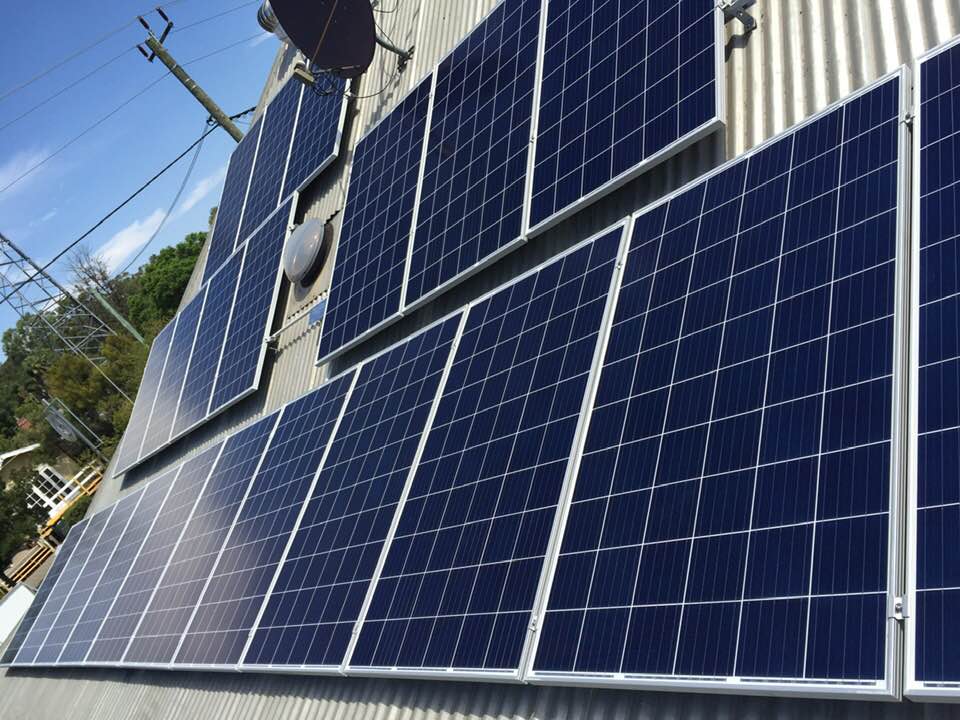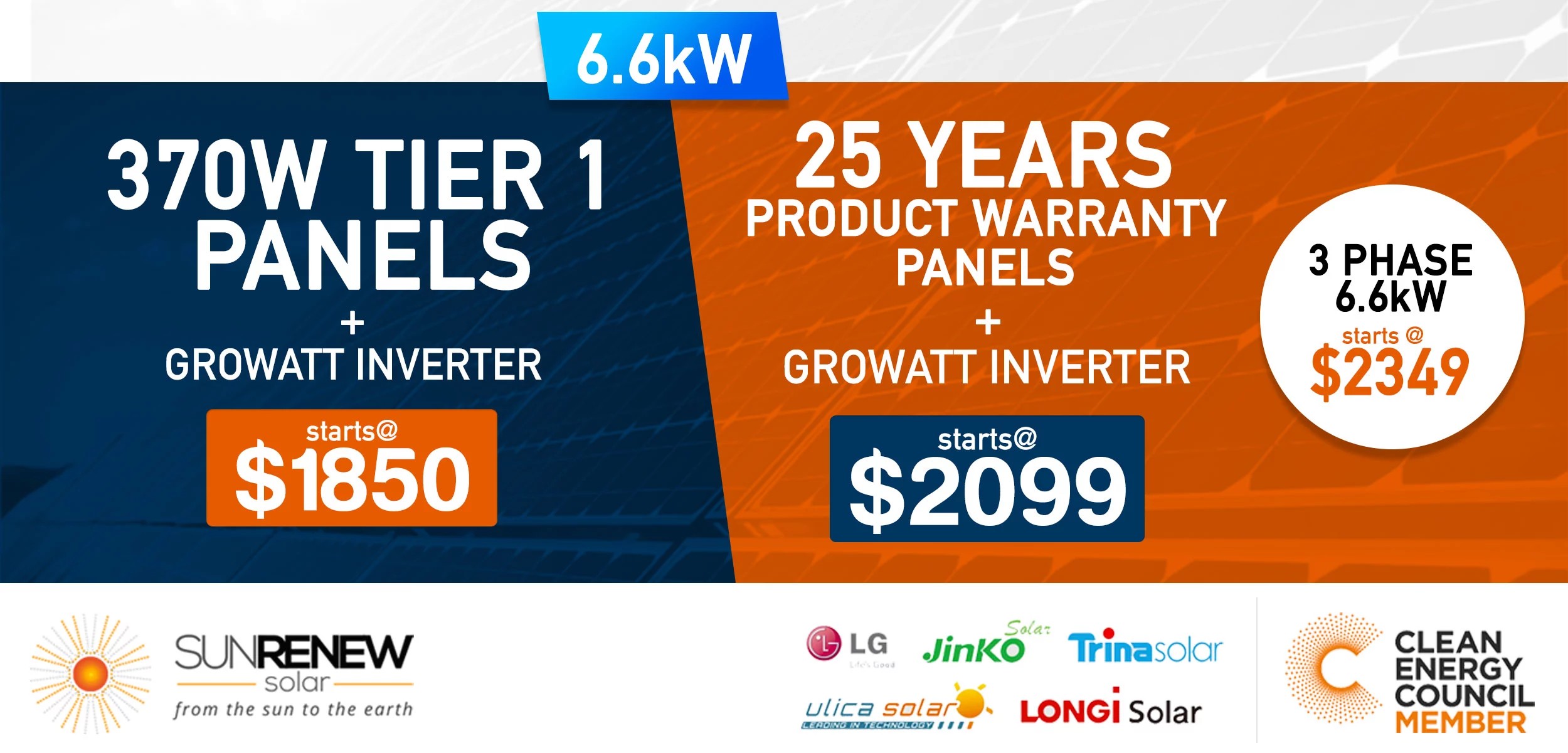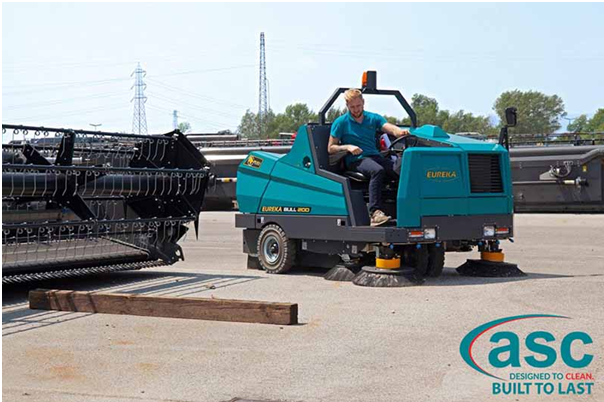Are you familiar with the fact that – In 1 second, our sun produces enough energy to meet the current needs of the entire earth for 500,000 years!
That means the power generated in only 1 minute by the sun can cover the world’s energy needs for one year! And the fact is that within 24 hrs. The sun can produce more energy than the entire population would consume in 27 years.
Hence, it’s true that solar energy is a long-lasting and reliable energy source. It’s also a much cost-effective and efficient renewable energy source if the selected type of solar panel and environment perfectly match both.
As mentioned previously the prospects have been grown in the solar industry which has put in a lot of energy in order to develop economical techniques which will help in generating, using, and storing the sun’s energy by utilizing the various types of solar panels and transforming sunlight into electricity.
Very few people are familiar with the different technologies that exist for solar energy like solar thermal or solar water heating, or solar water pumps, etc.
Read on, to learn more about various types of solar panels used for generating clean and green energy. The following types of solar panels are developed after many years of research, work, and development.
Monocrystalline solar panels:
- Efficiency Rate: ~20%
- Pros:
- Highly efficient,
- Optimized for commercial use,
- High lifetime value.
- Cons:
Expensive
Monocrystalline solar panels
Polycrystalline Solar Panels:
Polycrystalline Solar Panels
- Efficiency Rate: ~15%
- Pros:
- Lower price.
- Cons:
- Sensitive to high temperatures,
- Slightly less space efficiency.
Thin-film: Amorphous Silicon Solar Panels:
Thin-film: Amorphous Silicon Solar Panels
- Efficiency Rate: ~7-10%
- Pros:
- Relatively low cost
- Easy to produce and Flexible
- Cons:
- Shorter warranties and time span
Concentrated PV Cell:
Concentrated PV Cell
- Efficiency Rate: ~41%
- Pros:
- Very high performance and efficiency rate
- Cons:
- Solar tracker and cooling system so as to reach a high-efficiency rate.
How to distinguish solar panels into different types?
It’s a fact that various solar panels serve various types of purposes and the needs of consumers.
“Location” is the most significant factor since sunlight can be used differently on Earth and in space. So when choosing the best solar panel always consider the –“Location”.
Solar panels could be differentiated into different types depending upon single-junction solar panels or multi-junction solar panels or they could be differentiated based on first, second, or third-generation solar panels.
When solar panels are differentiated based on single-junction or multi-junction, the differentiating point considered here is a difference between the numbers of layers on the solar panel facing the sunlight. But when solar panels are distinguished based on their generations, the points considered are materials and efficiency.
Solar panels based on different generations:
First-generation solar panels:
First-generation solar panels are the conventional types of solar panels. They’re developed using Monocrystalline or polycrystalline silicon and they’re frequently used in standard surroundings.
- Monocrystalline Solar Panels
- Polycrystalline Solar Panels
- Monocrystalline Solar Panels:
Monocrystalline Solar Panels are developed using Monocrystalline silicon. These solar panels are considered to be the purest solar panels. You can easily recognize them from their uniform look and rounded edges. These solar panels have the highest efficiency rates and the newest Monocrystalline solar panels reach an efficiency rate of more than 20%.
You can get high solar power output, and occupy less space. They’re long-lasting solar panels. Monocrystalline solar panels are expensive. High temperature affects them slightly when compared to other solar panels like polycrystalline.
- Polycrystalline Solar Panels:
You can easily distinguish a polycrystalline solar panel from other types of solar panels from their squares as their angles are not cut. These panels look is blue, dotted. Polycrystalline solar panels are developed by melting raw silicon. This process is cheap and fast as compared to the other process used for developing Monocrystalline solar panels. Because of this cheap and fast process, the price of polycrystalline solar panels is low and the efficiency rate is around 15%. They need less space and their lifespan is short.
Hot temperatures could affect them. There is not much difference between Monocrystalline and polycrystalline solar panels but the choice strongly depends upon your needs.
Second Generation solar panels:
These solar panels possess different types of thin-film solar cells. These can be integrated into buildings or used for photovoltaic power stations or smaller solar systems.
- Thin Film Solar Cells:
These types of solar cells are not very expensive and are fabricated by putting one or more films of photovoltaic material like silicon or cadmium or copper onto a substrate. It’s very easy to produce thin-film solar cells. These are also economical than other solar panels because less material is needed for their production.
These solar panels are flexible and could be used for alternate applications. Thin-film solar panels are not much affected by high temperatures. A concern with these solar panels is that they take up a lot of space. The lifespan of these solar cells is shorter. When you’ve got a lot of space it’s best to choose these solar panels.
- Amorphous Silicon Solar Cell:
Are you familiar with a solar-powered pocket calculator? If yes, then you might be familiar with these types of solar panels. Amorphous Silicon Solar Cells are mainly used in these solar-powered pocket calculators and they use a triple-layered technology, best amongst the thin film variety.
Their thickness is usually 1 micrometer and the efficiency rate is 7%. Their main advantage is -less cost.
Third Generation Solar Panels:
The 3rd generation solar panels are comprised of different types of thin-film technologies but they’re still under the development phase. Few solar panels produce electricity by means of organic materials while others take the help of inorganic substances like CdTe.
- Biohybrid Solar Cell:
These types of solar panels are still under the development phase. They’ve been discovered by the Vanderbilt University expert team. The conception behind this latest technology is to harness the power of photosystem 1 and thus imitate the standard method of photosynthesis.
These cells combine multiple layers of photosystem 1 so that effectively convert from chemical to electrical energy.
- Cadmium Telluride Solar Cell:
This Photovoltaic technique uses Cadmium Telluride which helps in minimizing the cost of the production of solar panels; that’s why its payback time is less than a year. For the production of these Solar panels least amount of water is required. Carbon footprints are the least.
One drawback of using Cadmium Telluride is that it’s toxic if consumed.
- Concentrated PV Cell:
The energy produced by these Concentrated PV cells is similar to the conventional photovoltaic systems. The name of these Concentrated PV cells is concerned with efficiency. They’ve curved mirror surfaces, lenses. To increase efficiency, frequent cooling systems are used to bundle the sun rays. Because of it, Concentrated PV cells are one of the highly efficient and high-performing solar panels with a 41% efficiency rate.
Remember that, these solar panels will be more efficient when they face the sun at a perfect angle. A solar tracker is installed inside these solar panels which help in following the sun and achieving such high efficiency.
To conclude,
The aforementioned are the different types of solar panels that help in reducing electricity bills as well as in generating clean energy with their pros, cons, and efficiency rates. If you’re looking for the best solar panels, hope this information will help you.
We are – Vista Electrical Controls – the best CEC Accredited Solar Installers in Perth offer Tier 1 solar product which will make your life more convenient. Currently, we’re offering the best solar deals for Perth. The solar panels come with a 12-year warranty, 25 years linear power warranty, and 0.55% annual degradation over 25 years. For more details please visit @ https://vistaelectricalcontrols.com.au/6-6kw-solar-system-offers-by-vista-electrical-controls/

 Vista
Vista




